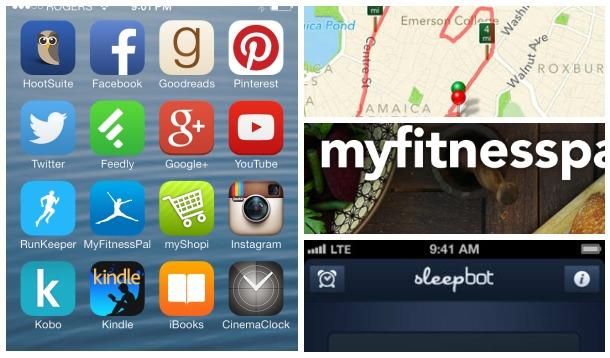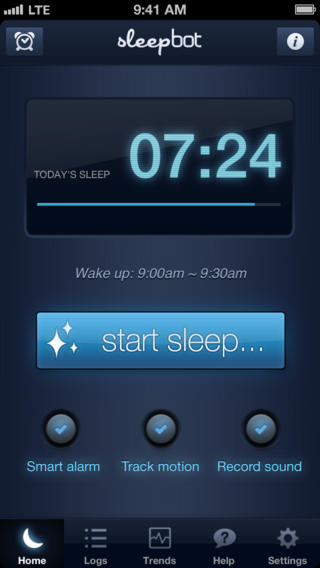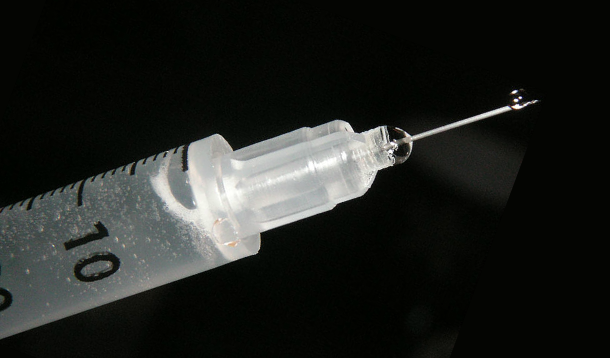
Dylan Wilson, a 20-year-old young man who lived in London, Ontario, died of the flu on Jan 17, 2014. His devastated mother appeared at a press conference shortly afterward and, in an attempt to find meaning in such an unthinkable tragedy, made a plea for people to get their flu shot. Dian Wilson hopes her son’s death will save someone else’s life.
Dylan hadn’t received a flu shot this season. And then, he contracted the H1N1 strain of the flu—one of the strains included in this year’s shot, and yes, the same strain that caused panic in 2009. The fact that Dylan was young and otherwise healthy makes it difficult for us to comfort ourselves in the usual way. And here’s something that may further increase your discomfort: Dylan was not the first Canadian to die of the flu this winter. And he likely won’t be the last.
Health Canada recently confirmed that 33 people have died from the flu so far this season, and 118 people have been admitted to the ICU.
It’s a cross-country phenomenon. There are no safe zones. Here’s a sampling of stories across the country:
My point here is obvious, of course. And I stand beside Dylan Wilson’s mom in making the same plea she did: get your flu shot. Please.
You’ve probably read headlines about a shortage of flu vaccine. And yes, many communities have temporarily run out or are running low. But public health authorities continue to manufacture and release more flu vaccine. You should be able to find a clinic or pharmacy with a ready supply. Look here.
I know many people have concerns about the flu shot. There are questions and worries about safety and effectiveness. If there are questions in your mind, read this post I wrote last year addressing the myths and facts about the flu shot.
I also know it’s not easy to bring a kid in for a needle. Does your child dread needles? Read this, to make the process easier.
Or, ask for FluMist. New this year, FluMist is a nasal spray flu vaccine (you read that right—no needles!) that may be an option in your area. Anecdotally, I’ve heard availability may be a problem for some people, and some parents have had difficulty finding it. Again, check with your local public health department.
Maybe, just maybe, if everyone rolls up their sleeves, we can prevent any more mothers losing children to the flu. It won’t replace the gaping hole left in Dian Wilson’s life, but it just might bring her some comfort.

When it comes to getting healthy, technology can be a wonderful and powerful thing. And that power is more accessible than ever, in the form of free and inexpensive apps. There are tons of excellent health-related apps available; today I’m going to look at four of them.

Many of us have no idea how much we’re actually eating. Keeping a food diary is an act of mindful eating—and can help you lose weight. It’s been repeatedly shown that when people keep track of everything they eat or drink, even if they’re not consciously trying to diet, they naturally eat a little less and make healthier choices. If you like the sound of that, but the act of keeping a food diary seems somewhat cumbersome to you, try this excellent, easy app. Cost: Free.

If you’re a runner or want to become one, this is a great little tool. It’s super easy—when you head out for a run, just open it up and it will track your distance, your speed, and give you all kinds of stats. It charts how often you work out and will send you reminders. If you’re training for a race, or working towards a certain goal, it will help you get there. Also works if you're more of a "walker" than a "runner." Cost: Free.
![]()
Whether you’re trying to get pregnant or trying to NOT get pregnant . . . or if you just want to avoid being caught unprepared by the surprise appearance of your period (which, as we all know, tends to turn up at the single most inopportune moment), it’s a good idea to keep track of your menstrual cycles. This easy-to-use tracker does that for you. Plus, you can record and monitor premenstrual symptoms and moods. Cost: Free.

In my last post I talked about becoming a morning person. A cornerstone to making that happen is to make sure you’re getting sufficient sleep. Let’s face it, everything falls apart if you’re not getting enough sleep. This app will track your movement and sound levels throughout the night. It will then show you your sleep patterns, and calculates your sleep debt (which can be a very scary wakeup call—ahem—for many of us). Cost: Free.
Now tell me, are there any health apps you swear by? Any you’re curious about and would like me to check out and review?

With flu season here (and now all this talk about H1N1 again) you might be thinking about taking yourself and your kids in for a shot. And the flu shot is not without controversy. But here’s one thing you shouldn’t let stop you—the issue of pain. And even more so, the issue of anxiety about said pain.
![]() Which Is Better For You? The Flu Shot Or Nasal Spray?
Which Is Better For You? The Flu Shot Or Nasal Spray?
Most kids have bad experiences when they come in for a needle if they start anticipating something terrible is about to happen. And the anxiety often ends up feeling more traumatic than the needle itself. Actually, most grownups are like this, too. It’s a regular experience for me to administer a needle to an adult only to hear them say, “Oh, well, that wasn’t so bad...”. Kids are the same—it’s just that they don’t have the filter stopping them kicking and struggling and crying in the waiting room, like grown-ups have. Er, most grown-ups.
Anyway, I’ve got good news—there are specific ways to minimize the pain of a needle for kids, and ways to alleviate the anxiety that precedes the needle.
In fact, there’s a whole group of people who research such a thing. (Who knew, right?)
Here’s a short video that gives some basic pointers:
The video is just a starting point, of course. If you’re interested, The Center for Pediatric Pain Research has a lot more resources on this topic.
So how about you? Do you have any tricks for helping make needles easier for your kids?
Image courtesy Wikimedia Commons.